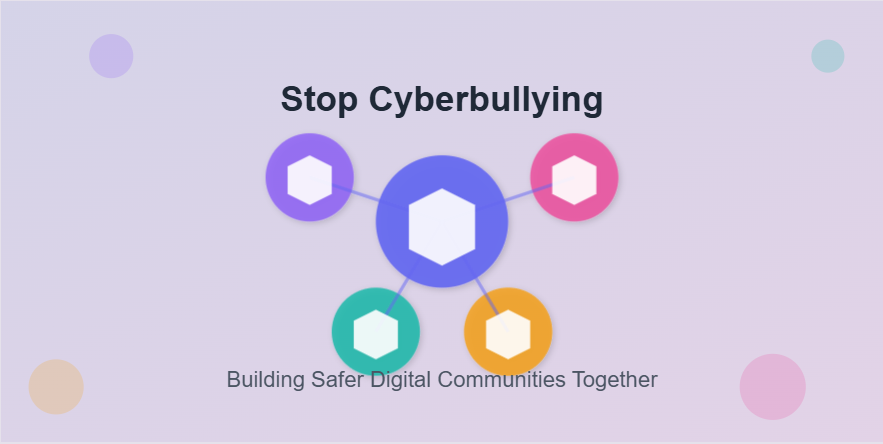In today’s digital age, cyberbullying has become an urgent concern affecting millions of lives worldwide. Did you know that 59% of teens have experienced some form of cyberbullying? This comprehensive guide reveals proven strategies to combat online harassment and create safer social media spaces for everyone.
Understanding the Impact
Before diving into solutions, let’s acknowledge the reality: cyberbullying causes real harm. Recent studies show that victims of cyberbullying are 2.5 times more likely to experience depression and anxiety. The good news? You can take concrete steps to stop it.
1. Document Everything
Never underestimate the power of evidence. Screenshots, timestamps, and saved messages can:
- Provide crucial proof for reporting
- Help platform moderators take action
- Support legal intervention if necessary
Pro tip: Create a dedicated folder for documentation and back it up regularly.
2. Use Platform-Specific Tools
Every major social media platform offers built-in protection features:
- Instagram’s Restrict mode
- Facebook’s Block and Report functions
- Twitter’s Advanced muting options
- TikTok’s Comment filters
Learn these tools inside out – they’re your first line of defense.
3. Build a Support Network
Research shows that individuals with strong support systems recover faster from cyberbullying incidents. Take action by:
- Connecting with trusted friends and family
- Joining anti-bullying communities
- Seeking professional help when needed
4. Implement Strong Privacy Settings
Your digital fortress needs solid walls:
- Regular privacy audits
- Friends list cleanup
- Location sharing restrictions
- Profile visibility controls
5. Practice Digital Self-Defense
Empower yourself with these proven techniques:
- Don’t engage with trolls
- Use strong, unique passwords
- Enable two-factor authentication
- Regular account security checks
6. Report Systematically
Make your reports count:
- Follow platform guidelines exactly
- Provide clear evidence
- Be persistent with follow-ups
- Keep track of case numbers
7. Create Positive Online Spaces
Transform your digital environment:
- Share uplifting content
- Support others facing harassment
- Join anti-bullying campaigns
- Promote digital citizenship
8. Educate Others
Knowledge is power. Share these statistics:
- 87% of young people have witnessed cyberbullying
- Immediate intervention stops 57% of bullying situations
- Educational programs reduce cyberbullying by 25%
9. Develop Emotional Resilience
Build your psychological armor:
- Practice self-care routines
- Set healthy boundaries
- Learn coping strategies
- Maintain offline connections
10. Take Legal Action When Necessary
Know your rights:
- Document all incidents
- Consult cyber law experts
- Contact law enforcement
- Preserve digital evidence
Common Questions
How quickly should I respond to cyberbullying?
Act immediately. The first 48 hours are crucial for preventing escalation.
What if the platforms don’t respond?
Escalate through official channels and consider legal consultation if harassment continues.
Can cyberbullying really be stopped?
Yes! Studies show that prompt action stops 71% of cyberbullying incidents.
Conclusion
Cyberbullying may be prevalent, but it’s not invincible. By implementing these proven strategies and staying vigilant, you can create safer online spaces for yourself and others. Remember: every action against cyberbullying contributes to a more positive digital world.










